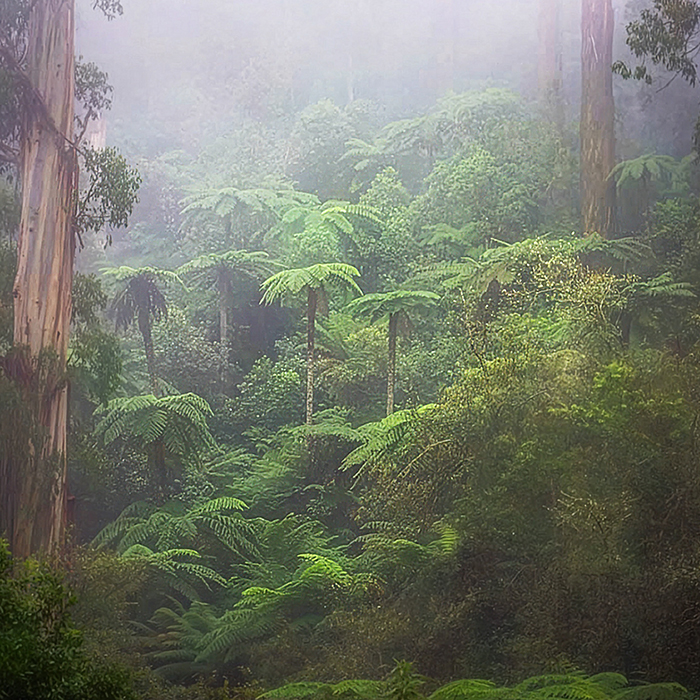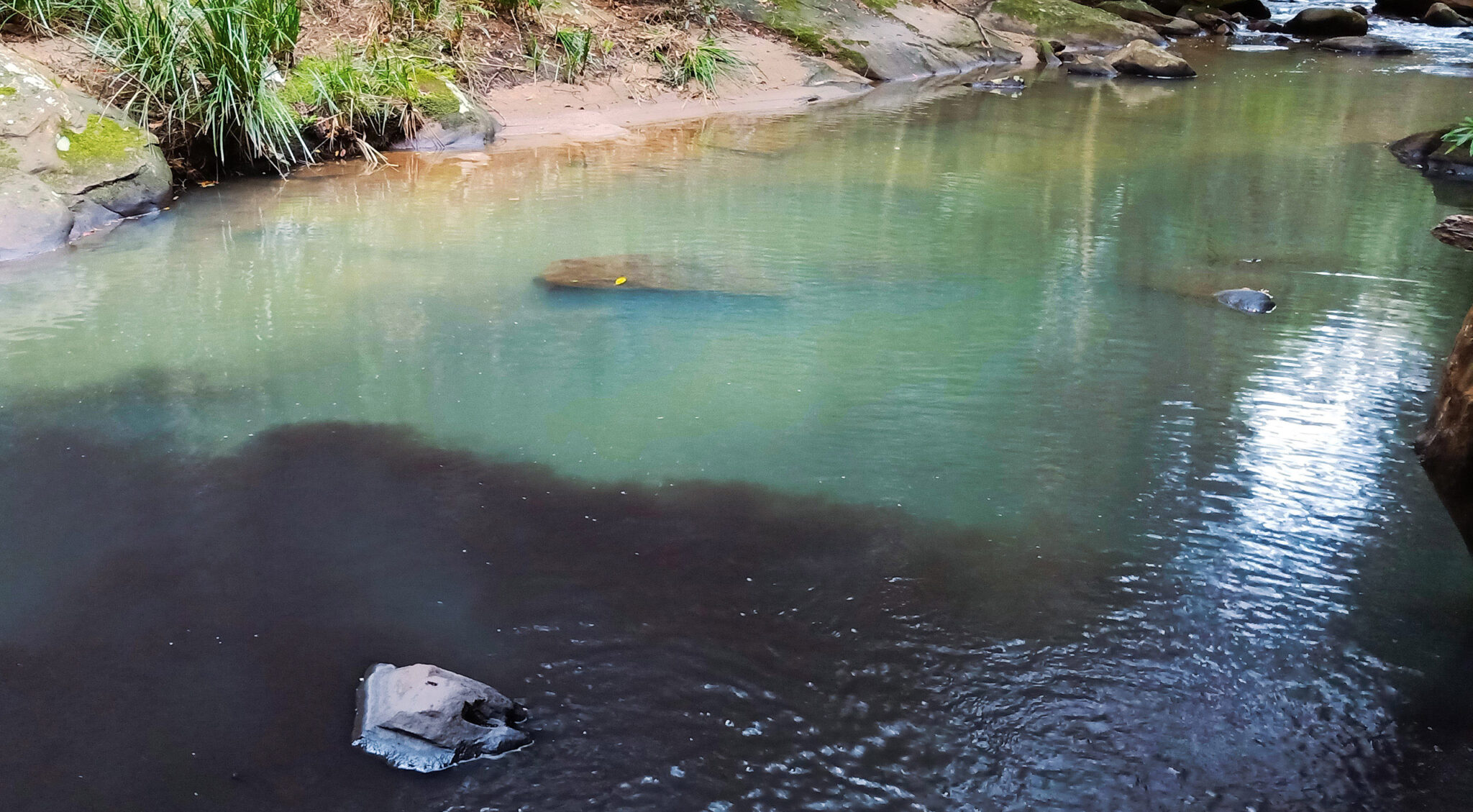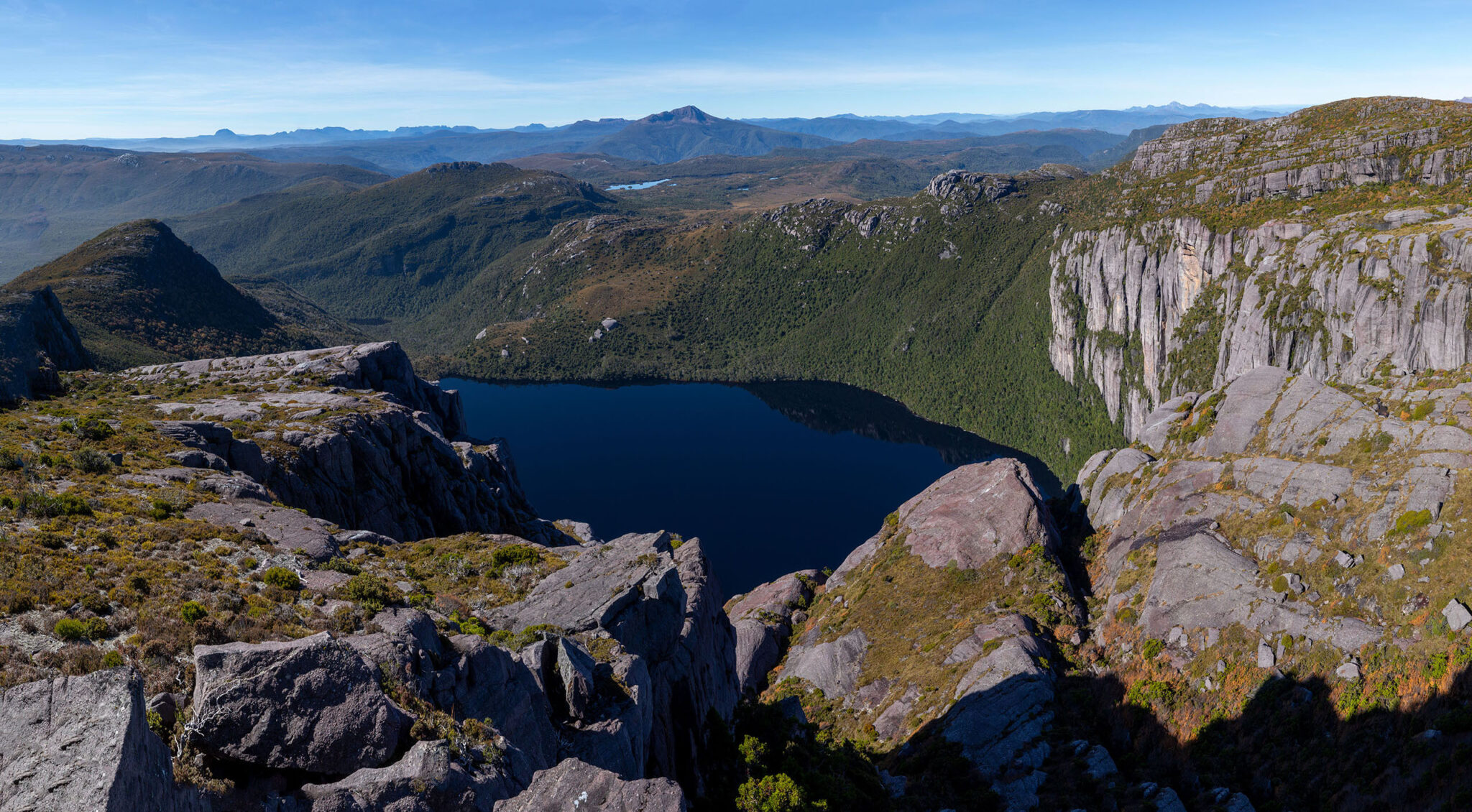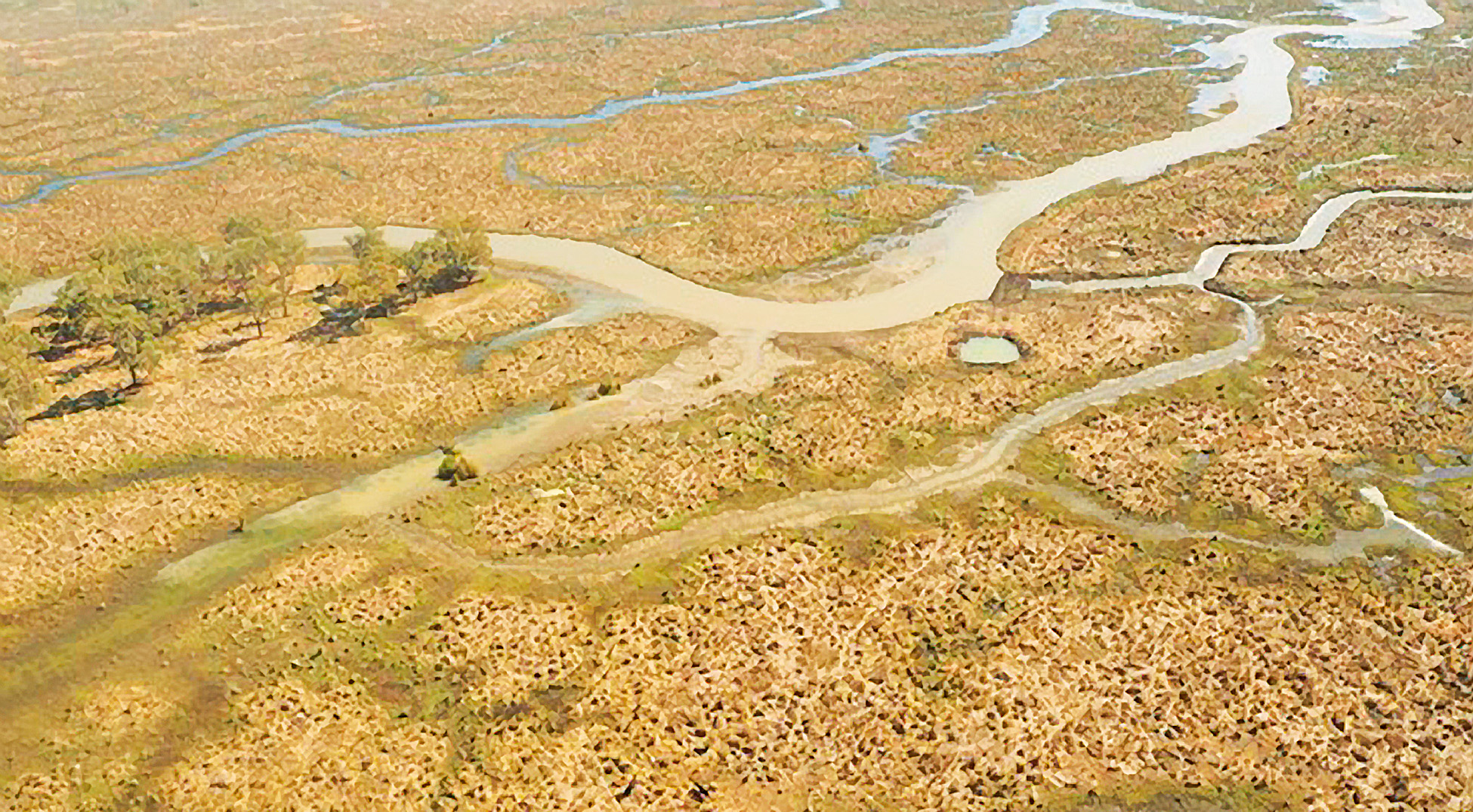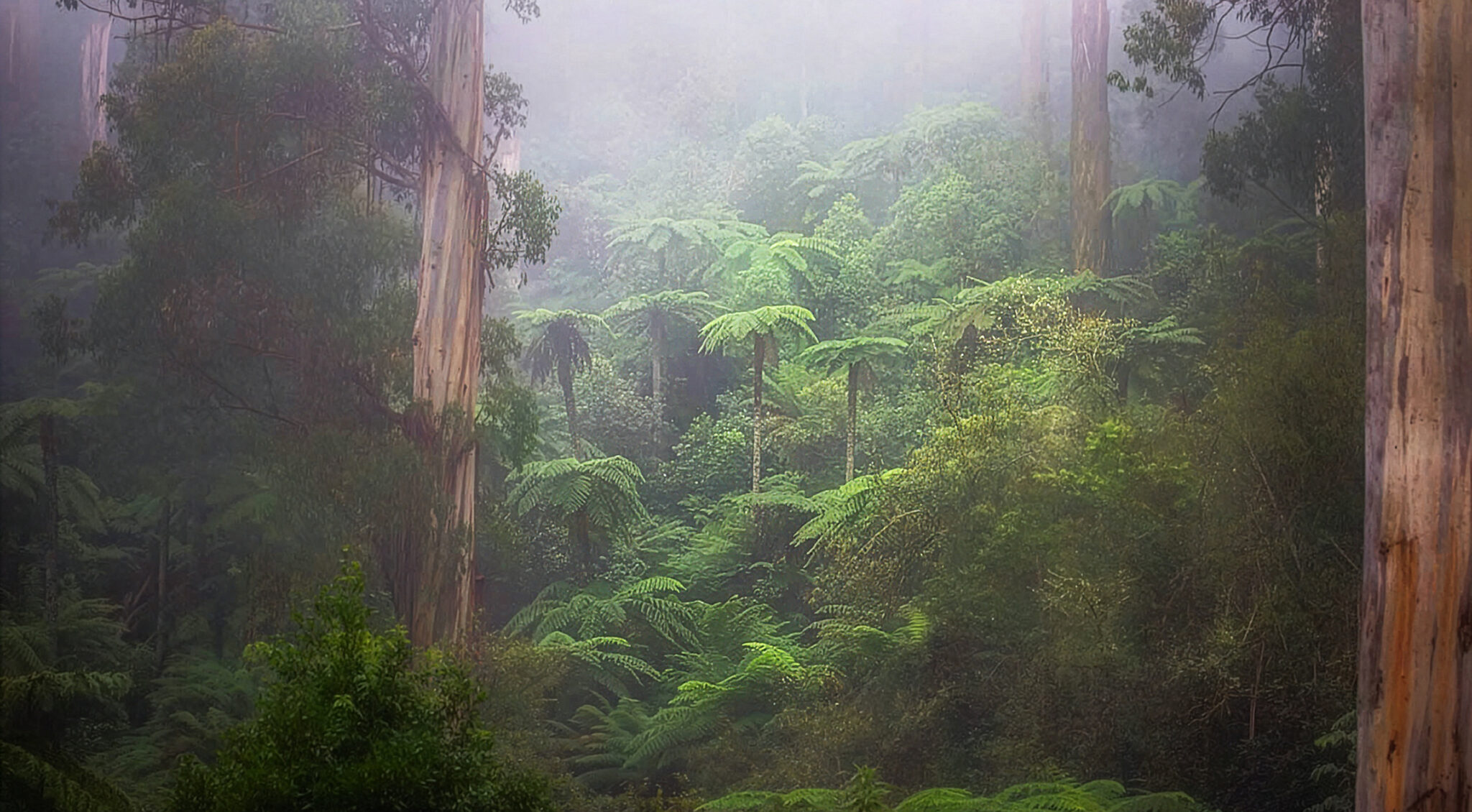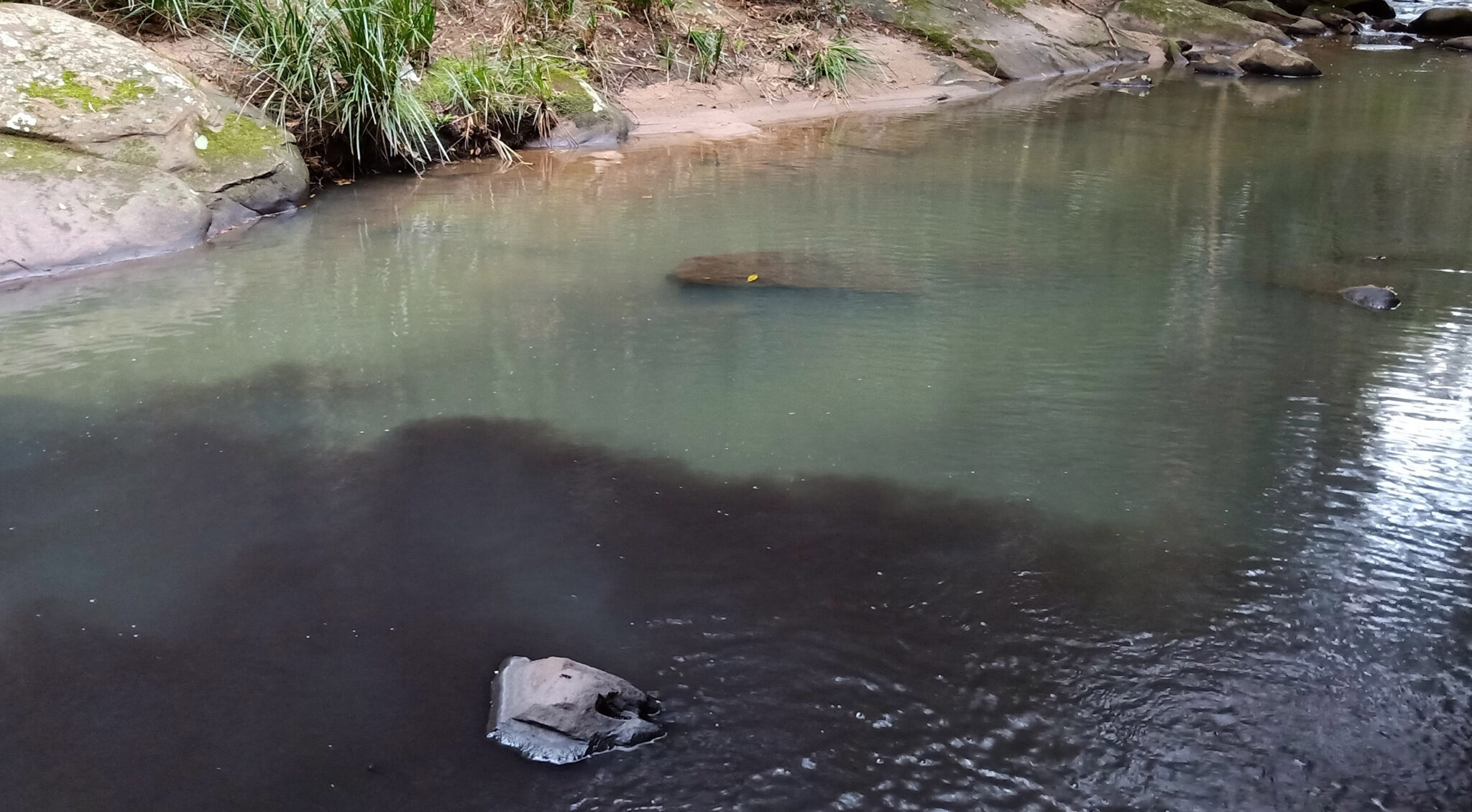Green Pages: Issue #197, Spring 2025
A selection of environmental news briefs from around the country.
Banner image caption: Mist draping mountain ash forests in the wild heart of the Great Forest NP. Credit: Sarah Rees
(This piece originally featured in Wild #197, Spring 2025)
GREAT FOREST BETRAYAL
Bunurong, Gunaikurnai, Taungurung and Wurundjeri Country
Powerful lobbyists have swayed Victoria’s Labor Government away from a proposed park that would have benefitted both the environment and everyday people.
After more than a decade of promise and public support, the Victorian Labor Government has walked away from the Great Forest National Park (GFNP). Why?
The short answer: political pressure from powerful allies. At this year’s Electrical Trades Union (ETU) Victorian Branch conference in July, Minister Steve Dimopoulos—whose portfolio includes environment and outdoor recreation—stood before a backdrop of high-powered rifles, hunting lobbyists and weapons manufacturers to declare that the GFNP “never was” a Labor initiative. It was a telling moment. Instead of delivering parks, Labor is delivering greater access for shooters, including opening existing national parks to recreational hunting. (Note: You can read more about this in the VNPA’s Green Pages entry for this very issue on p36.)
Behind the scenes, an unlikely alliance of hunting, 4WD, and prospector groups, backed by unions like the ETU and AMWU (Ed: Why aren’t these unions devoting their efforts to improving workers’ rights rather than hunters’ rights?), has pushed hard to stall conservation. Their campaign frames national parks as elitist and exclusionary, despite clear evidence that activities like four-wheel driving and horse riding already thrive in these spaces. The outrage is manufactured. The goal is to keep land tenure open for extractive and firearms uses at any cost.
This retreat comes despite overwhelming public backing. Polling shows 80 per cent of Victorians, including 89 per cent of Labor voters, support the park. Scientists, conservationists, and global icons like David Attenborough have called for its protection. Even a cost-neutral solution, the $224 million privately funded Great Forest Bond—which would have restored 8,000ha of logged forest, built world-class visitor infrastructure, and created regional jobs—was rejected. Not because it didn’t work, but because it didn’t align with Labor’s internal politics.
Instead, more than $1.2 billion has been handed to the logging industry to “transition”, while logging continues on private land and parks suffer firebreak damage and even salvage logging. It is a costly betrayal, not only of biodiversity and carbon storage, but of everyday Victorians who value nature and rely on public land for low-cost recreation and wellbeing. Victorians were promised a park, and got nothing.
The Great Forest National Park was never just an environmental proposal. It was a shared vision for protection, recovery and connection. Its abandonment is a political failure by Labor. But the fight is far from over. With a Victorian state election just over a year away, a growing movement is making it clear that our forests are not for sale, and they are worth more than a glorified game reserve.
SARAH REES
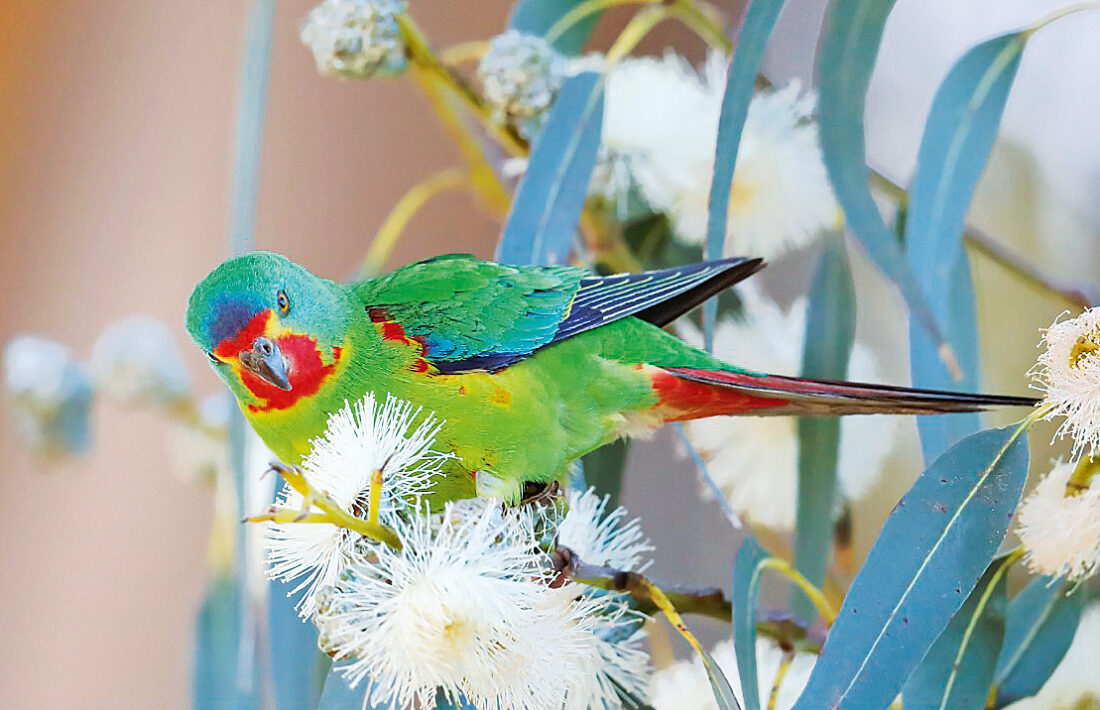
SWIFT-PARROT HABITAT ILLEGALLY LOGGED
Lutruwita
Critically endangered swift parrots are hurtling towards extinction as logging demolishes their last breeding forests in Lutruwita/Tasmania. The Bob Brown Foundation has released a new report from the 2024/25 breeding season, with 350 swift-parrot calls and sightings recorded by our campaign scientists and volunteers in forests earmarked for destruction. Our evidence shows exactly where these parrots are breeding, but logging continues in their nurseries. In fact, 41% of all swift-parrot sightings were in Tasmania’s forests on the logging schedule. And while Forestry Tasmania was found to have illegally logged critical habitat in 2024, enforcement remains weak. This is an extinction signed off by governments.
Our foundation continues to protect swift parrots through frontline action, monitoring, citizen science, and legal advocacy. We will be launching our sixth annual Swift Parrot Citizen Science Project in November 2025.
Time is running out, and this iconic species is at risk of vanishing forever. Join us to protect swift parrots at saveswifties.org
JENNY WEBER
Bob Brown Foundation
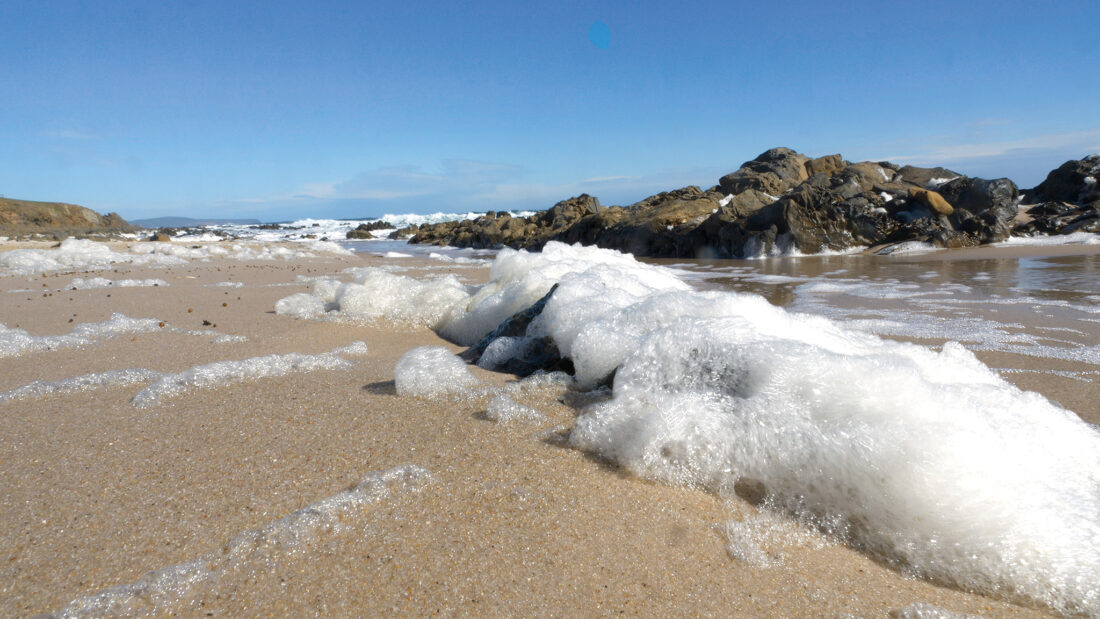
TOXIC ALGAL BLOOM
Kaurna, Ngarrindjeri, Narungga, Nauo and Barngarla Country
Nutrient-polluted floodwaters coming down the River Murray have combined with a marine heatwave to create the conditions for a toxic algal bloom that has smothered parts of South Australia’s coastline, killing tens of thousands of animals.
Walking along the beach at Carrickalinga, I saw decaying crabs, a range of dead fish species and the purple, bloated body of a dolphin. An opaque greyish foam covered the shallows and rockpools. At Port Wakefield, fishermen Bart Butson and Andrew Pisani told me about garfish and King George whiting—two of their main catches—washing up and a “completely dead” seabed around Stansbury on the southern Yorke Peninsula. In this part of Australia, healthy nature and successful business are inseparable.
This should send a clear message to the federal government: Stop approving climate-
and ocean-heating fossil fuel projects and urgently deliver national laws that protect nature. Take action at acf.org.au/our-work/nature/algae-blooms
DARCIE CARRUTHERS
Australian Conservation Foundation
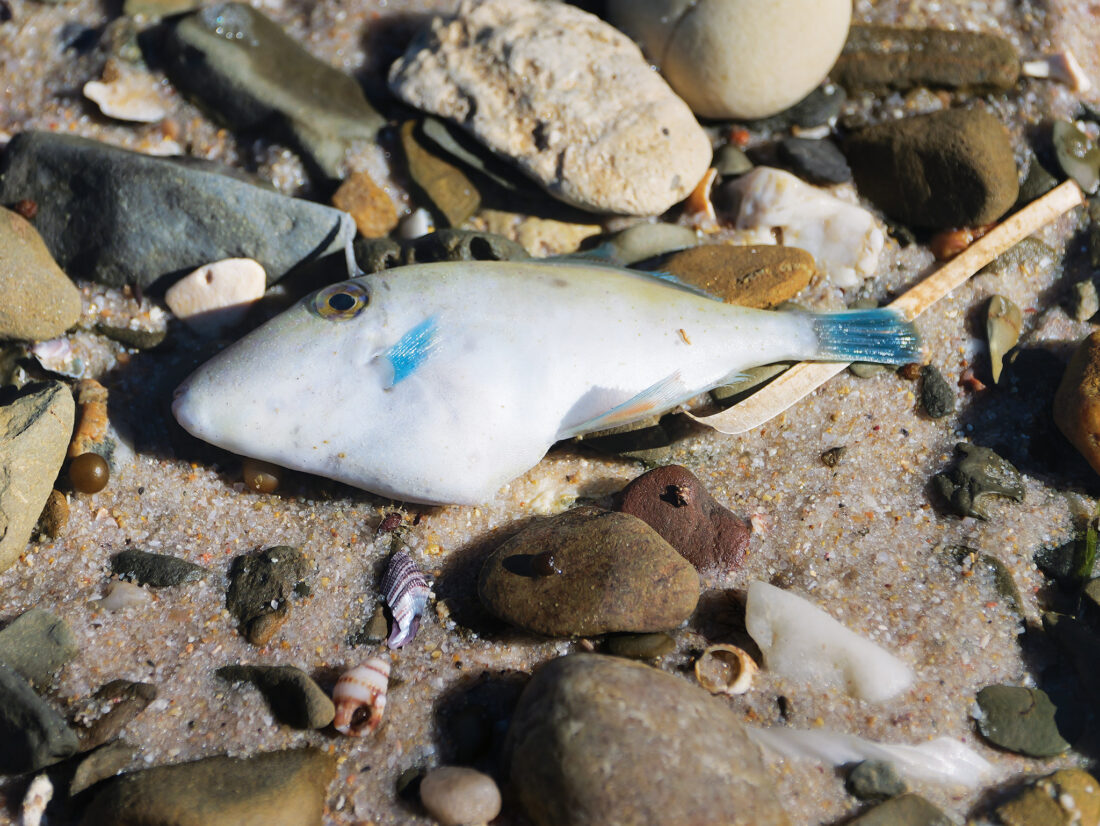
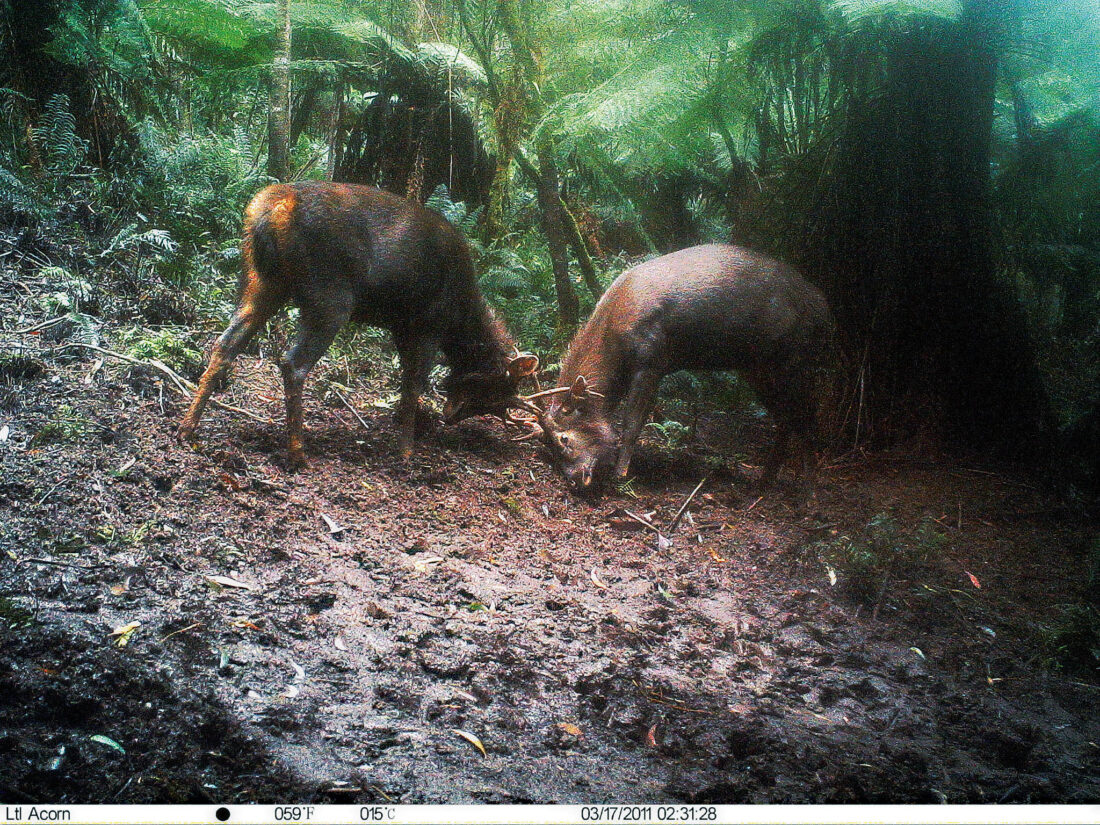
NATIONAL PARKS IN HUNTING LOBBY’S SIGHTS
Bidewell, Monero, and Gunnai Kurnai Lands
The Allan Government has opened 130,000ha of Victoria’s Errinundra and Snowy River NPs to seasonal deer hunting. Turning national parks into hunting grounds undermines wildlife protection and visitor safety. The ill-conceived plan contradicts national parks’ purpose as peaceful nature refuges, but also the endorsed Alpine NP Management Plan.
Over 50 million people visit Victoria’s national parks annually, triple that of state forests. Polling shows 53% of visitors value peace and quiet, with 37% saying the absence of hunting specifically attracts them.
With deer present in 40% of Victoria, including peri-urban areas, professional, coordinated control programs (which can include supervised recreational hunters) must be top priority. Recreational hunting will not stop deer spreading, but it will likely undermine the integrity, safety and amenity of national parks.
To learn more, head to http://vnpa.org.au
MATT RUCHEL
Victorian National Parks Association
If you liked this piece, you should subscribe to the print mag. Only a fraction of the great stories we run in the mag make it to our website; if you want to read them, head to subscribe.wild.com.au.

